In a world plagued by climate change, architects and designers have taken on a crucial role in shaping a sustainable future. Among these visionaries, Kengo Kuma stands out as a prominent figure in the field of sustainable architecture. His innovative designs and commitment to ecological practices have gained worldwide recognition, making him a pioneer in this field.
Kengo Kuma is a renowned Japanese architect known for his innovative and sustainable designs that harmoniously integrate with the environment and local culture. Born in Yokohama, Japan, in 1954, Kuma’s fascination with architecture and nature began early in his life.
Kuma’s background is deeply rooted in the Japanese aesthetic heritage. He believes in the importance of preserving Japan’s traditional architectural techniques while embracing modernity and global influences. Throughout his career, Kuma has sought to achieve a delicate balance between contemporary design and a strong connection with nature.
In the early stages of his practice, Kuma drew inspiration from the works of Kenzo Tange, a prominent figure in modern Japanese architecture. However, as he ventured into his own architectural path, he developed a unique design philosophy that focused on sustainability, contextual relevance, and a profound respect for the natural environment.

Kengo Kuma, through Walter Knoll
Kengo Kuma’s commitment to sustainability is evident in various aspects of his design approach and construction methods, such as the use of natural and environmentally friendly materials in his designs. He frequently incorporates wood, bamboo, and stone, which not only provide a sense of warmth and beauty to his buildings but also have a lower environmental impact compared to high-energy materials like concrete and steel. By using eco-friendly materials, he reduces the carbon footprint of his projects.
Moreover, Kuma is a strong advocate for bioclimatic design, which seeks to integrate nature into the built environment. His designs often include green spaces, living walls, and abundant natural light, blurring the boundaries between indoor and outdoor spaces. These bioclimatic elements not only enhance aesthetics but also promote human well-being and a connection with nature.

Japan National Stadium, through KKAA
Another key aspect of sustainability in his designs is energy efficiency. Kuma prioritizes energy efficiency by employing passive design strategies. He carefully considers factors such as building orientation, natural ventilation, and thermal insulation to minimize the need for mechanical heating and cooling systems. By reducing energy consumption, his buildings have a lower environmental impact during their operation.
Kuma also integrates sustainable construction systems, such as rainwater harvesting, graywater recycling, and solar panels, to reduce water and energy consumption. These systems contribute to making his buildings more self-sufficient and environmentally friendly.
He promotes the renovation and reuse of existing buildings instead of demolishing and constructing new ones. This philosophy reduces waste and preserves valuable cultural heritage, aligning with sustainability principles to minimize resource consumption.
Another distinctive feature of Kuma’s sustainable architecture is his creative use of natural materials. He often employs traditional Japanese construction techniques, such as the use of wooden interlocking systems known as “Kakehashi,” which reduce the need for adhesives and contribute to more sustainable construction. Additionally, Kuma prefers to use locally sourced materials, reducing the carbon footprint associated with transportation.
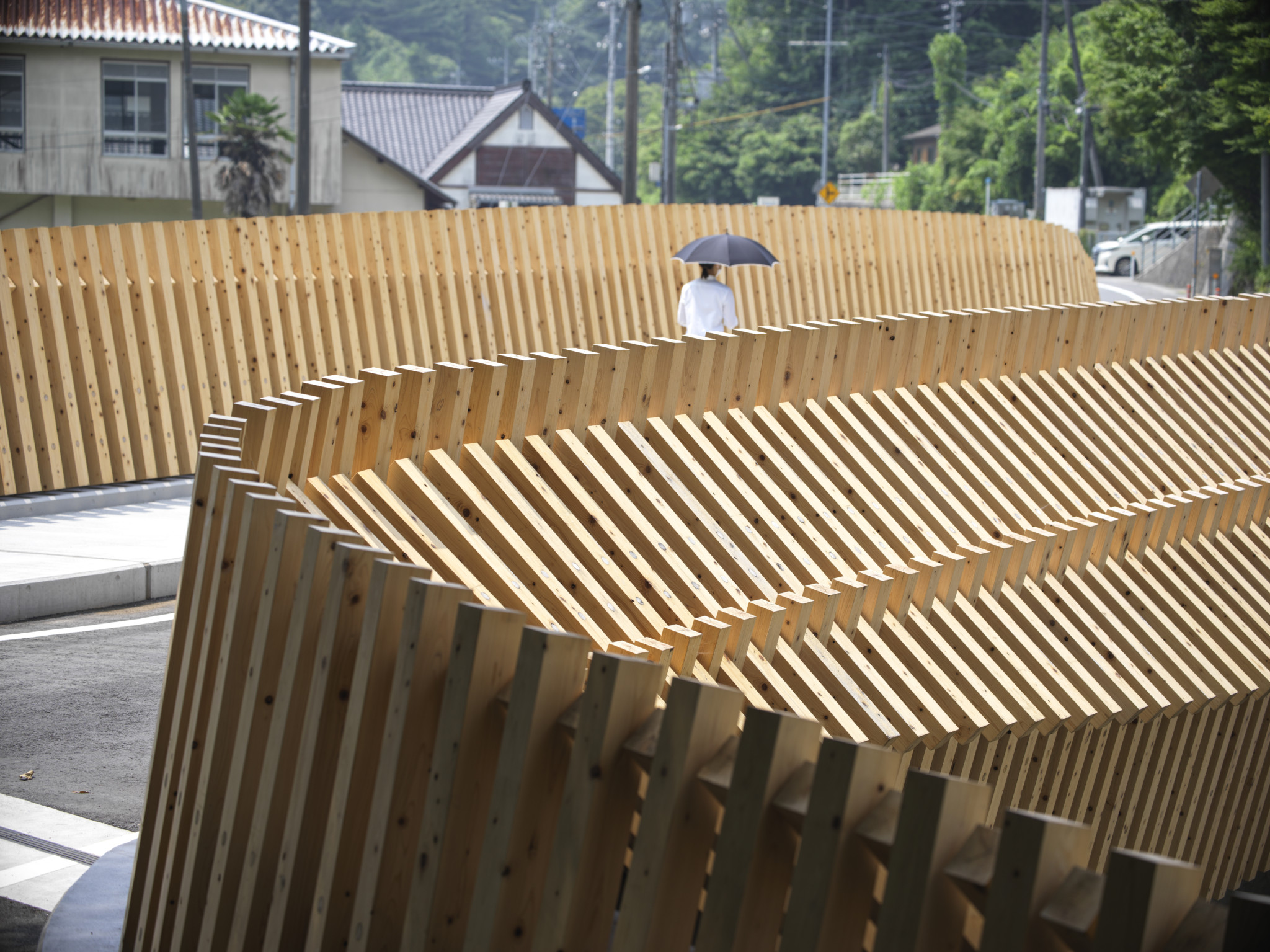
Kusugibashi. Courtesy of Katsumasa Tanaka, through KKAA.
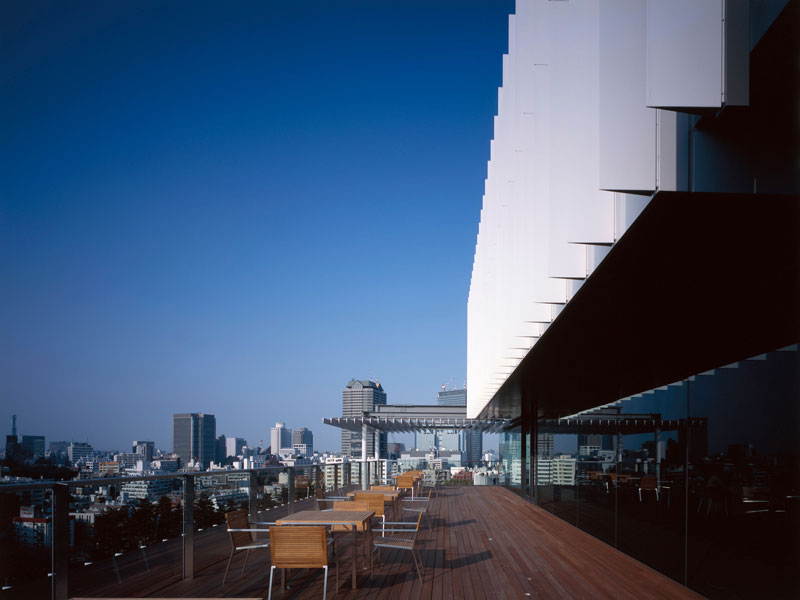
Suntory Art Museum in Tokyo. Courtesy of Mitsumasa Fujitsuka, through KKAA.

Suntory Art Museum in Tokyo. Courtesy of Mitsumasa Fujitsuka, through KKAA.
A notable example of Kuma’s emphasis on materials is the Suntory Museum of Art in Tokyo. Completed in 2007, the building features an impressive facade composed of intricately intertwined bamboo rods. This innovative approach not only adds an aesthetically pleasing element but also showcases the renewable and lightweight properties of bamboo.
Kengo Kuma’s sustainable architecture has gained worldwide recognition, resulting in numerous projects spanning different continents. His designs can be found in various countries, including China, France, the United States, and the United Kingdom. The V&A Dundee Museum in Scotland exemplifies Kuma’s dedication to sustainability on an international scale. The museum, opened in 2018, features an impressive facade inspired by the rugged cliffs of the northeast coast of Scotland. Its innovative design and use of sustainable materials have earned it recognition as one of the most environmentally friendly museums in the world.
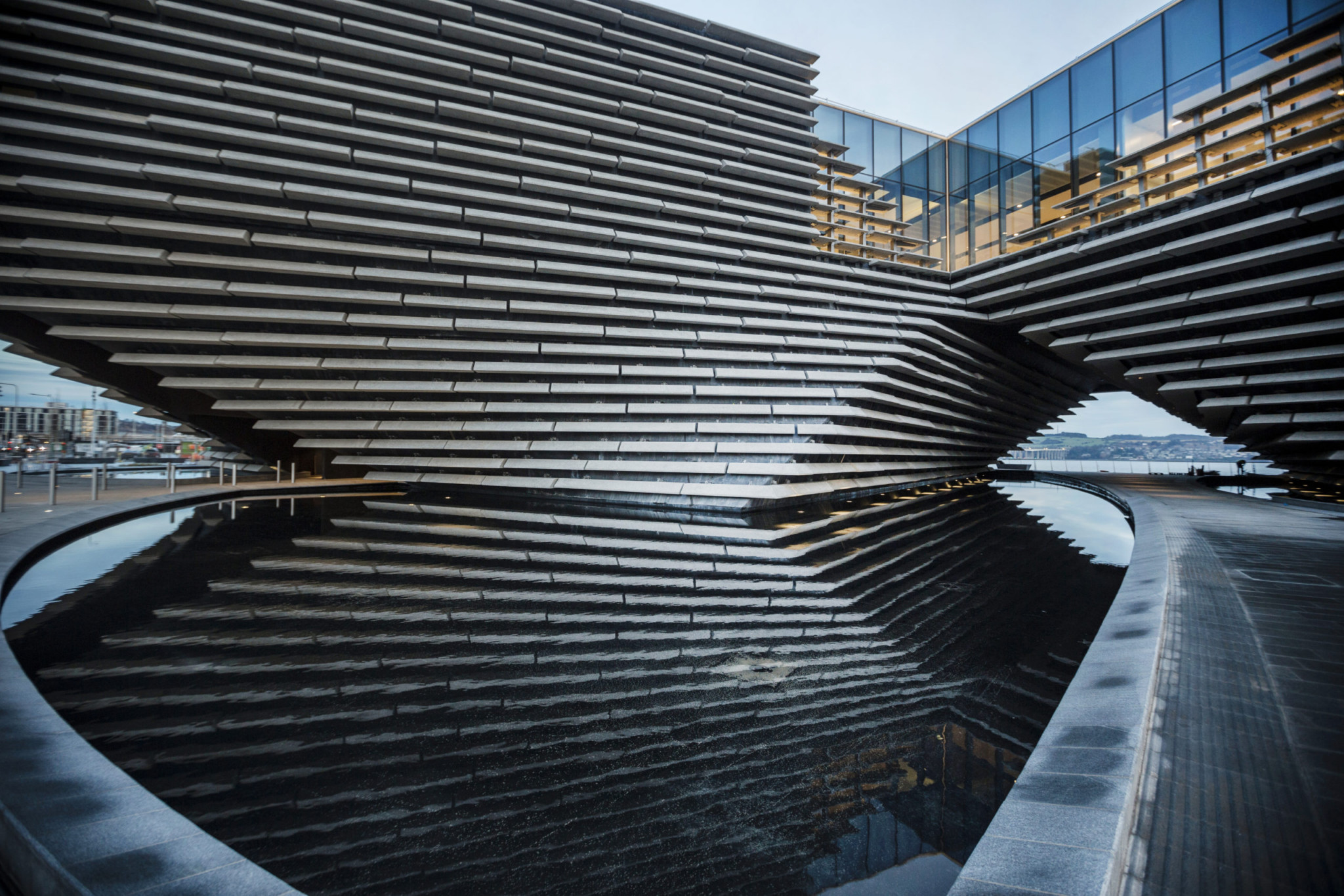
V&A Dundee, Scotland. Courtesy of Ross Fraser McLean & HuftonCrow, through KKAA.
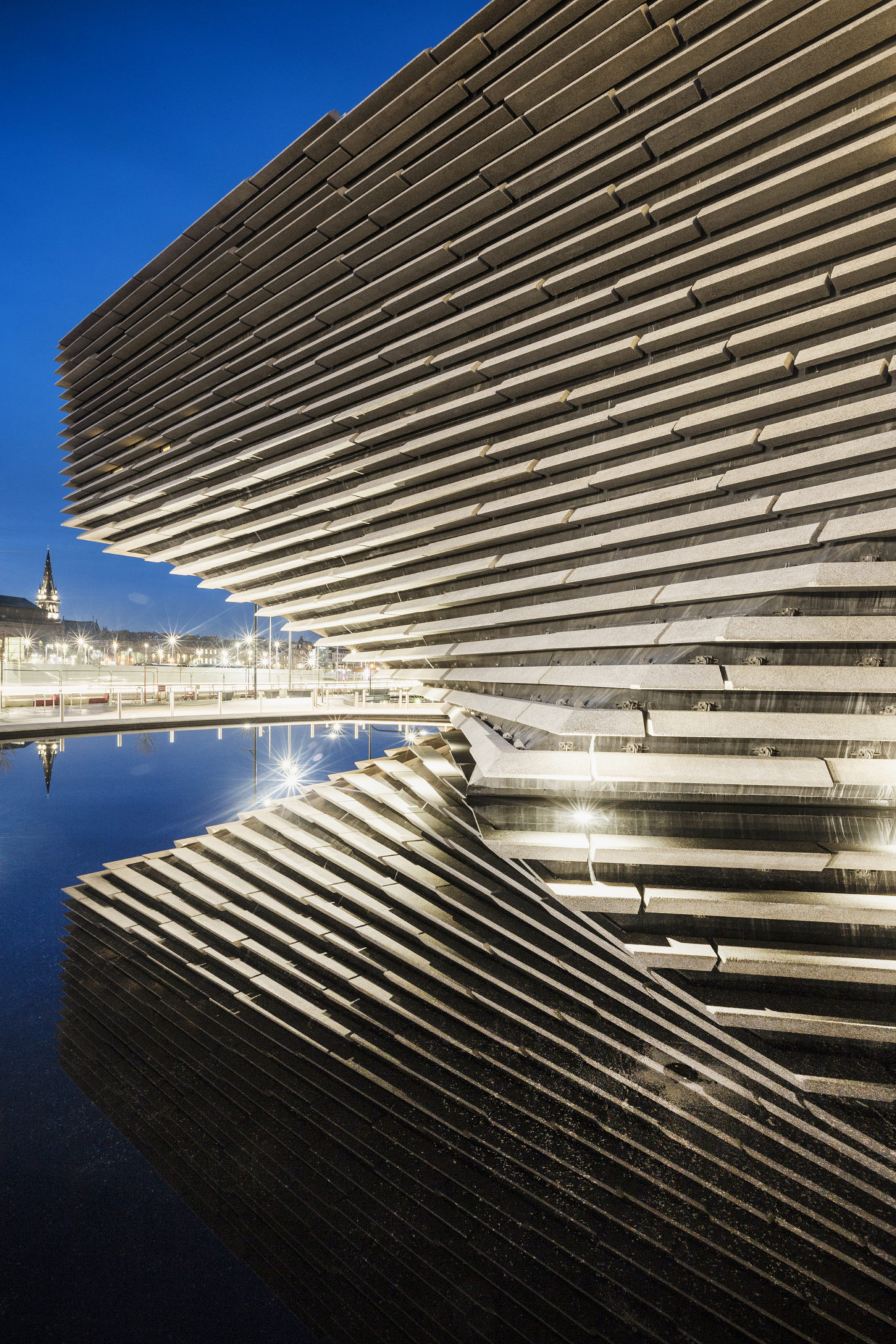
V&A Dundee, Scotland. Courtesy of Ross Fraser McLean & HuftonCrow, through KKAA.
Kengo Kuma’s unwavering commitment to sustainable architecture has redefined the relationship between buildings and the natural world. Through his careful integration of nature, context, and local culture, he has emerged as a visionary leader in the pursuit of a greener and more sustainable future. With each project, Kuma continues to inspire the architectural community and beyond, leaving an indelible mark on the world of sustainable design. As society looks toward the future, his work serves as a guiding light, reminding us all that the path to sustainability lies in harmony with nature and our rich human heritage.



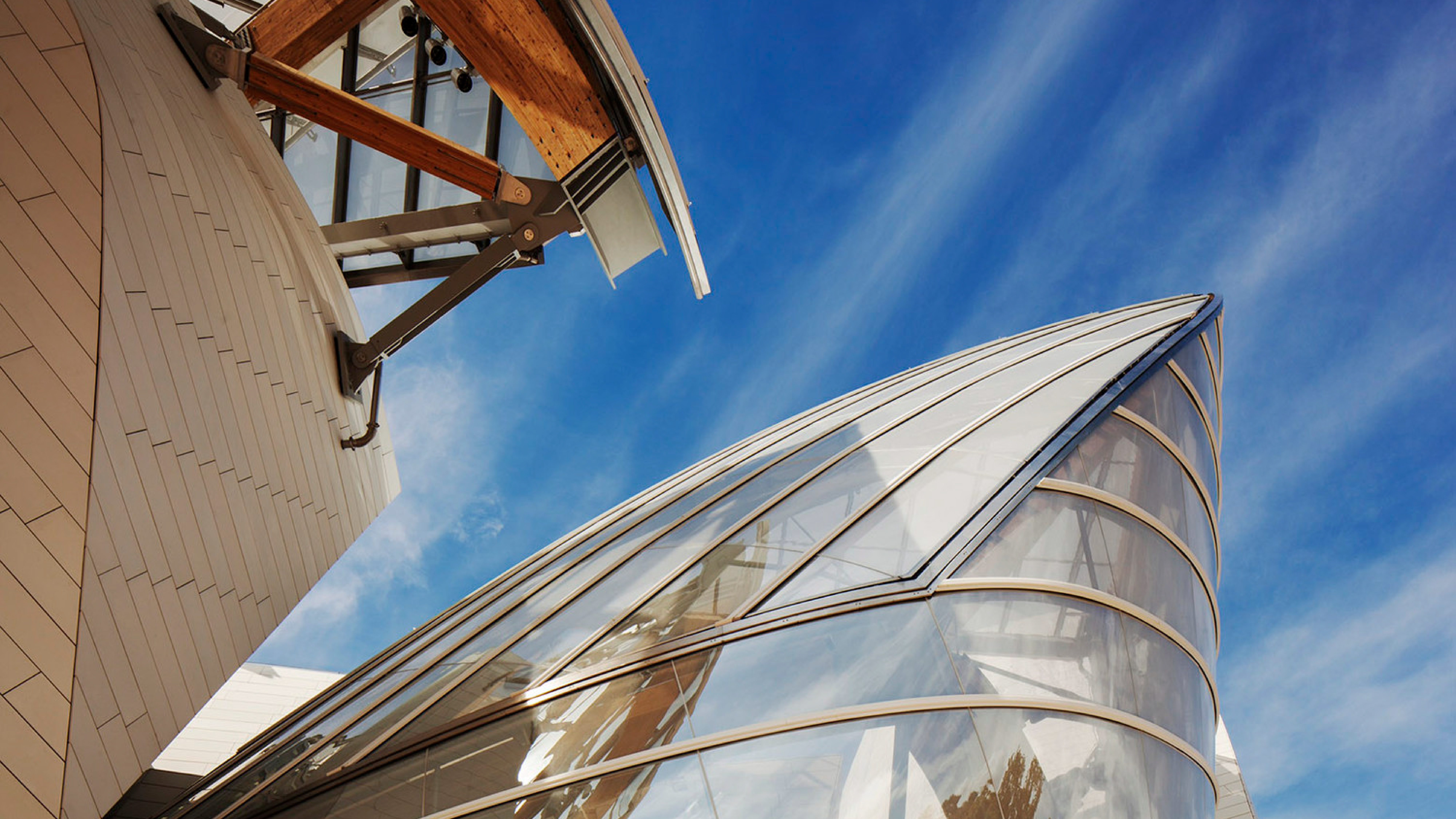
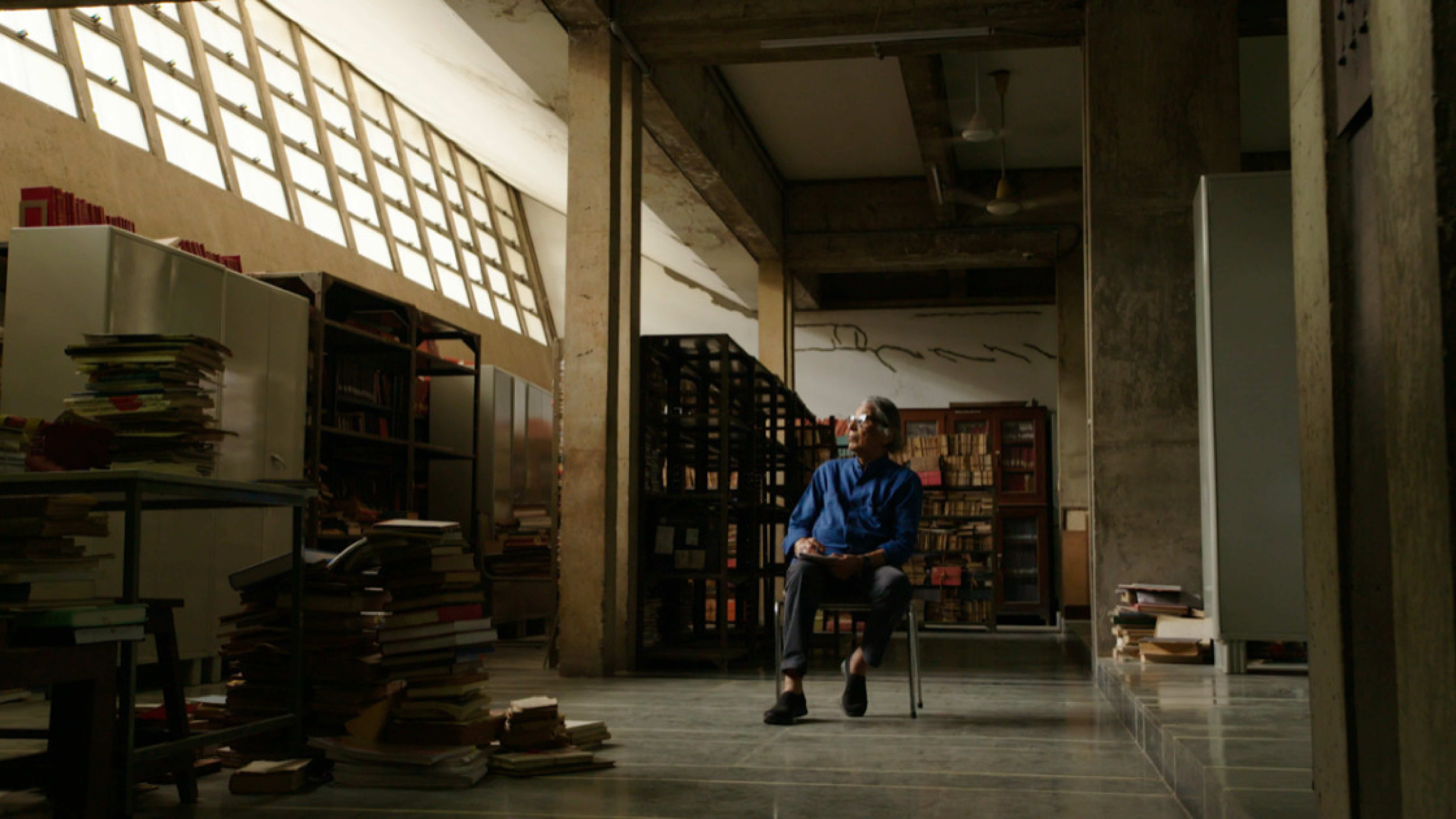
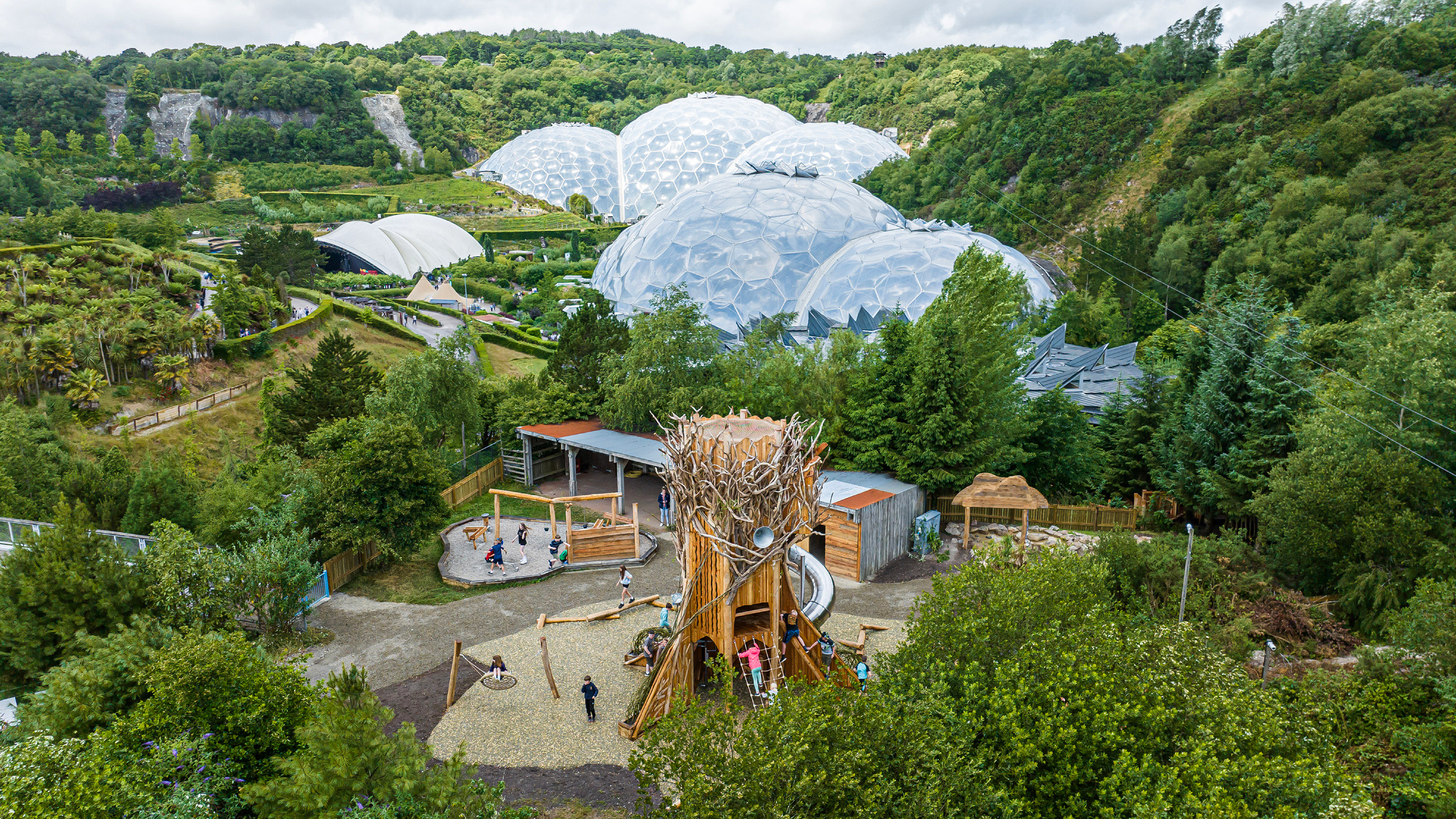

Leave A Comment